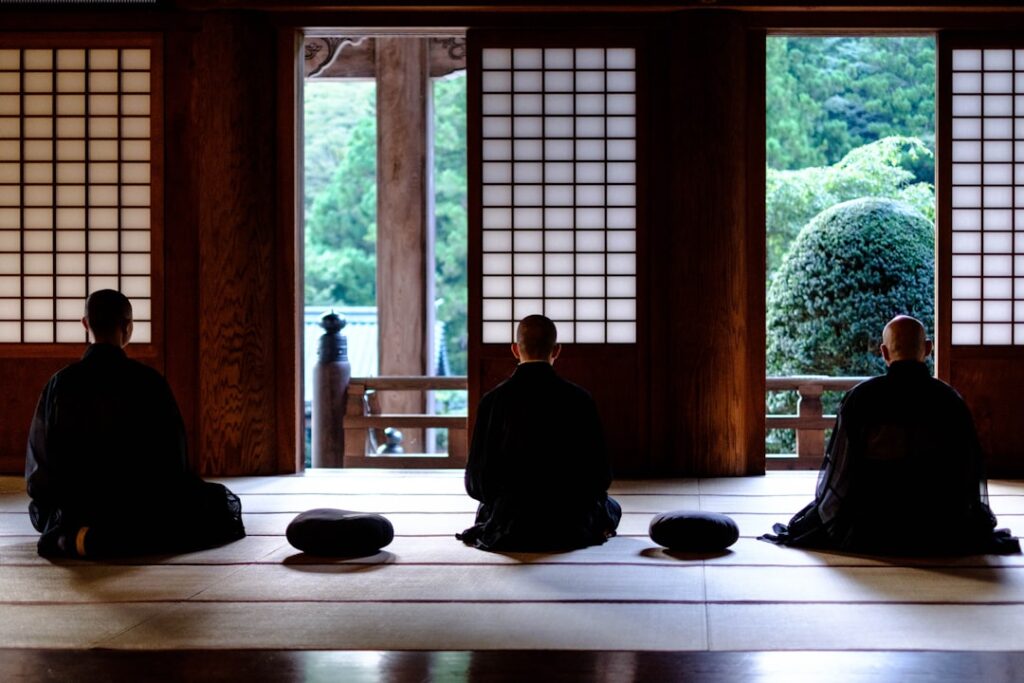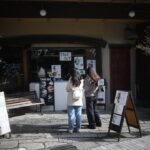Looking for a truly soul-soothing getaway in Kyoto? While the city is celebrated worldwide for its stunning ancient temples and rich cultural heritage, a quieter revolution is unfolding in its hidden corners. A fresh wave of “Zen-meets-modern-wellness” experiences has taken root, with immersive temple retreats, mindful activities, and healthy cuisine blending timeless wisdom with contemporary practices. This guide introduces the latest trends, deep local secrets, and practical tips to help you discover a revitalizing side of Kyoto few travelers ever see.
1. The Quiet Boom: Zen and Modern Wellness Experiences in Kyoto
Kyoto’s reputation as Japan’s spiritual heart is well earned, with over a thousand temples tucked between city streets, forested hills, and serene riverbanks. Yet, in recent years, a new movement has taken shape among these centuries-old landmarks. Locals and travelers seeking mindful escapes are gravitating toward immersive wellness experiences interwoven with Zen traditions.
Demand for digital detox, mindfulness retreats, and holistic health has soared, especially among young Japanese urbanites and international visitors craving peace and personal growth. What sets Kyoto apart is its blend of authenticity and innovation—many temple communities now offer guided meditation, mindful tea ceremonies, yoga in sacred gardens, and creative workshops. Far from the crowded tourist circuit, these experiences encourage participants to unplug, breathe deeply, and tune into the gentle rhythms of Zen life.
2. Hidden Temples with Unique Wellness Programs: Meditation, Yoga, and More
Beyond the famed Kinkaku-ji and Ginkaku-ji, some of Kyoto’s most transformative experiences are found in smaller, lesser-known temples that open their doors (and gardens) to wellness seekers. For example, Shunko-in in the Uzumasa district runs interactive Zen meditation and mindfulness workshops in English. Their programs attract digital nomads and stressed professionals eager to reset both body and mind.
Another rare find is Kosan-ji, nestled in the northern Kyoto mountains. Traditionally closed to most tourists, Kosan-ji now offers weekend mindfulness retreats, including yoga under ancient cedars and guided forest meditations. Participants often speak of a deep sense of calm and clarity, magnified by the tranquil surroundings and supportive monks. “It felt like I reconnected with a forgotten side of myself,” reports a recent visitor from Singapore.
Some temples have embraced contemporary wellness fully—hosting digital detox workshops where phones are “checked in” upon arrival, or sunrise yoga sessions by private appointment. The fusion of ancient practice and modern needs is redefining what it means to experience Kyoto.
3. Retreats and Local Gems: Temple Stays, Cafés, and Shojin Ryori
A new breed of “temple retreat” is blossoming in Kyoto, where you can stay overnight on temple grounds and immerse yourself in a slow-living rhythm. Temples like Myoshin-ji offer packages that blend morning zazen meditation, philosophical talks with monks, and vegetarian breakfasts made from seasonal Kyoto ingredients.
After your temple stay, discover where locals go to nourish both body and soul. Wellness cafés such as Yugyō-an serve “matcha therapy” (ceremonial matcha lattes) and creative plant-based desserts. For the ultimate mindful meal, try Shojin Ryori—Buddhist vegan cuisine. Shigetsu at Tenryu-ji Temple is a favorite, presenting stunning multi-course meals amid garden views. Each dish is carefully crafted to enhance both nutrition and inner calm.
Curious to take your retreat experience out of the temple? Some Kyoto hosts now run cooking workshops where you learn Shojin Ryori principles and prep ingredients harvested from nearby temple gardens.
4. Essential Tips and Etiquette: Booking, Manners, and Local Secrets
Ready to embark on your own mindful adventure? Here’s how to make the most of Kyoto’s Zen retreats:
- Booking: Many temple programs require advance reservations—some in English, some via local platforms. Popular temples have websites or links on major booking sites. For real insider spots, check with local tourism offices or specialized wellness travel agencies.
- Manners: Respect temple silence, dress modestly, and arrive on time. Shoes must be removed indoors, and photography may be prohibited during meditation or ceremonies.
- Insider Tips: Morning sessions are less crowded. Don’t be shy to ask about special seasonal offerings (like summer evening meditation or autumn tea ceremonies). Some monks enjoy chatting with guests after the program—a rare chance to discuss Zen’s place in modern life.
- Local Experiences: Try participating in a “Tenugui Towel” workshop, where you design a meditation cloth, or join a mindfulness walk through temple gardens led by community members.
Exploring these authentic programs means you’re not just a tourist, but a real participant in living Zen culture.
5. Preserving Silence: Sustainable Wellness Tourism in Kyoto
Kyoto’s wellness revolution is not without its challenges. As temple experiences grow in popularity, local leaders and monks are rethinking how to preserve the city’s unique tranquility. Many programs are intentionally limited in size and frequency to protect the peace—not only for visitors but for the temple residents and neighboring communities.
Contributing to this sustainable approach means respecting temple boundaries, supporting local artisans and small businesses, and choosing experiences with a mindful impact. By embracing this ethos, you become part of a movement—one that cherishes Kyoto’s ancient silence while inviting fresh inspiration into daily life.
As you leave a Zen retreat, the calm you carry with you is Kyoto’s greatest, most enduring souvenir.







